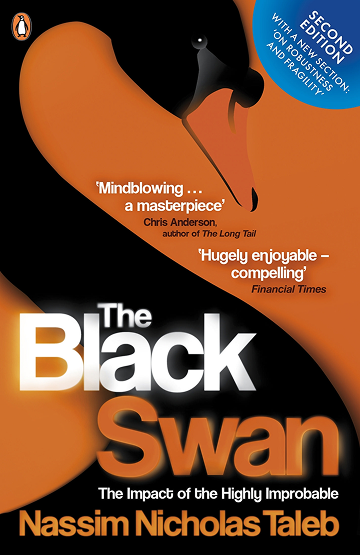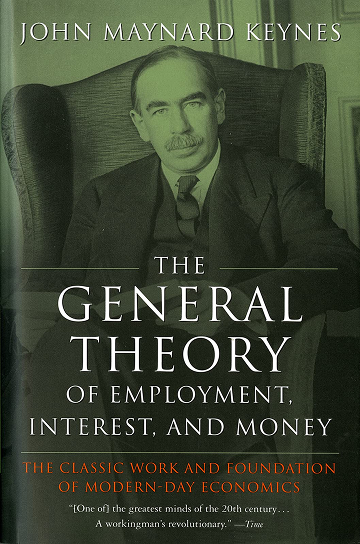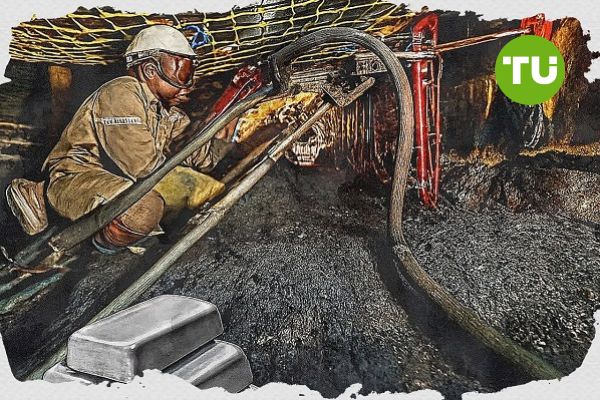Bernard Arnault Net Worth, Biography and Key Insights



Bernard Arnault’s Profile Summary
|
Company
|
LVMH Moët Hennessy Louis Vuitton |
|---|---|
|
Position
|
Chairman, Chief Executive Officer (CEO) |
|
Source of wealth
|
Luxury goods, Investments |
|
Also known as
|
Luxury magnate |
|
Age
|
76 |
|
Education
|
École Polytechnique |
|
Citizenship
|
France |
|
Residence
|
Residence: Paris, France |
|
Family
|
Married, five children |
|
Website, Social Media
|
www.lvmh.com |
Bernard Arnault’s biography
Bernard Arnault is a French billionaire, entrepreneur, and chairman and CEO of LVMH (Moët Hennessy Louis Vuitton), the world’s largest luxury goods company. Born on March 5, 1949, in Roubaix, France, Arnault graduated from École Polytechnique, one of France’s most prestigious engineering schools. His career began in his family’s construction business, Ferret-Savinel, where he quickly rose to CEO. His shift to luxury goods came in 1984, when he acquired Boussac Saint-Frères, a struggling textile group that owned Christian Dior.Arnault's vision was to build a global luxury empire, which led to the creation of LVMH in 1987, following the merger of Louis Vuitton and Moët Hennessy. He aggressively expanded the group through strategic acquisitions, including Fendi, Givenchy, Celine, Marc Jacobs, Bulgari, and Tiffany & Co. His leadership transformed LVMH into a global powerhouse with more than 75 brands across fashion, jewelry, cosmetics, wines, and spirits.
Arnault’s business strategy focuses on preserving brand heritage while driving innovation and growth. Under his guidance, LVMH became a symbol of prestige and exclusivity, with revenues surpassing €79 billion in 2022.
His children play a crucial role in managing the company’s various brands. Delphine Arnault oversees Dior, while Antoine Arnault is involved in communications and image development for LVMH. The family’s involvement ensures continuity and stability within the conglomerate.
Beyond business, Arnault is a major art collector and has invested in cultural institutions, including the Louis Vuitton Foundation, a contemporary art museum in Paris.
-
How did Bernard Arnault make money?
Bernard Arnault began his journey in the luxury industry in 1984 when he acquired the near-bankrupt textile group Boussac Saint-Frères, which owned Christian Dior. The acquisition cost him $15 million, with the majority of the funds coming from his family business’s sale. Recognizing the potential of luxury brands, Arnault focused on reviving Dior, which became the cornerstone of his future empire.
In 1989, Arnault became the largest shareholder of LVMH, a conglomerate formed from the merger of Moët Hennessy and Louis Vuitton. He then launched an aggressive expansion strategy, acquiring brands such as Givenchy, Fendi, and Sephora. His key approach was to maintain the heritage and exclusivity of each brand while expanding their global reach.
Arnault’s business model focuses on vertical integration—controlling every aspect of the brand, from production to retail. This strategy has allowed LVMH to achieve high profitability. By the early 2000s, the conglomerate became the largest luxury group in the world, contributing significantly to Arnault’s wealth. Additionally, Arnault has diversified his investments, including stakes in the French retailer Carrefour and various tech companies.
Today, LVMH continues to thrive under Arnault’s leadership, with its brands being synonymous with luxury and exclusivity. The core of his capital lies in LVMH shares, making him one of the wealthiest individuals globally. -
What is Bernard Arnault net worth?
As of 2025, Bernard Arnault’s net worth is estimated to be $148 B.
What is Bernard Arnault also known as?
Bernard Arnault is known as the driving force behind the global luxury conglomerate LVMH. He is recognized for his strategic acquisitions and ability to turn luxury brands into global icons.Prominent achievements of Bernard Arnault
Arnault transformed LVMH into the largest luxury conglomerate globally. He is credited with reviving Christian Dior and turning brands like Louis Vuitton and Fendi into global leaders in luxury fashion.What are Bernard Arnault’s key insights?
Arnault believes in preserving the heritage of luxury brands while innovating to keep them relevant. His focus on craftsmanship, exclusivity, and strategic acquisitions has driven LVMH’s success.
Bernard Arnault’s personal life
Bernard Arnault is married to Hélène Mercier-Arnault. He has five children: Delphine, Antoine, Alexandre, Frédéric, and Jean. His children are actively involved in LVMH, holding key positions in the company.
Useful insights
Understanding market forces
In my experience, to truly succeed as an investor, it’s essential to understand the driving forces behind market behavior. Market movements aren’t random—they’re influenced by a range of economic theories and dynamics. The following books provide valuable insights into these forces, offering a deeper understanding of how global financial markets operate and what shapes their trends.
-
Nassim Nicholas Taleb – "The Black Swan"

-
Summary:
Taleb explores the concept of rare, unpredictable events—so-called "Black Swans"—that can have massive impacts on markets and society. These events are often overlooked by traditional risk management models, leading to devastating consequences when they occur. Taleb illustrates how these unpredictable shocks shape our world, often more than gradual, expected changes.
-
Why read it:
This book challenges conventional thinking about risk and uncertainty, showing that many major historical and financial events were "Black Swans." It's a vital read for investors who want to build resilience in the face of market volatility.
-
-
John Maynard Keynes – "The General Theory of Employment, Interest, and Money"

-
Summary:
Keynes revolutionized economics by focusing on total demand within an economy and its effect on output and inflation. His theory suggested that government intervention could stabilize economic cycles through fiscal and monetary policy. The book also explains the consequences of under-consumption and the role of interest rates in managing economic stability.
-
Why read it:
For investors interested in macroeconomic trends and policy impacts, Keynes’ work is essential. Understanding the Keynesian framework can help investors predict how government actions might influence market performance.
-
Other profiles in category
Popular Financial Guides
Latest Financial News

Bengwenyama platinum project targets 400K ounces annual production

Weekly forecast: Microsoft expected to test $515 next week































































































































